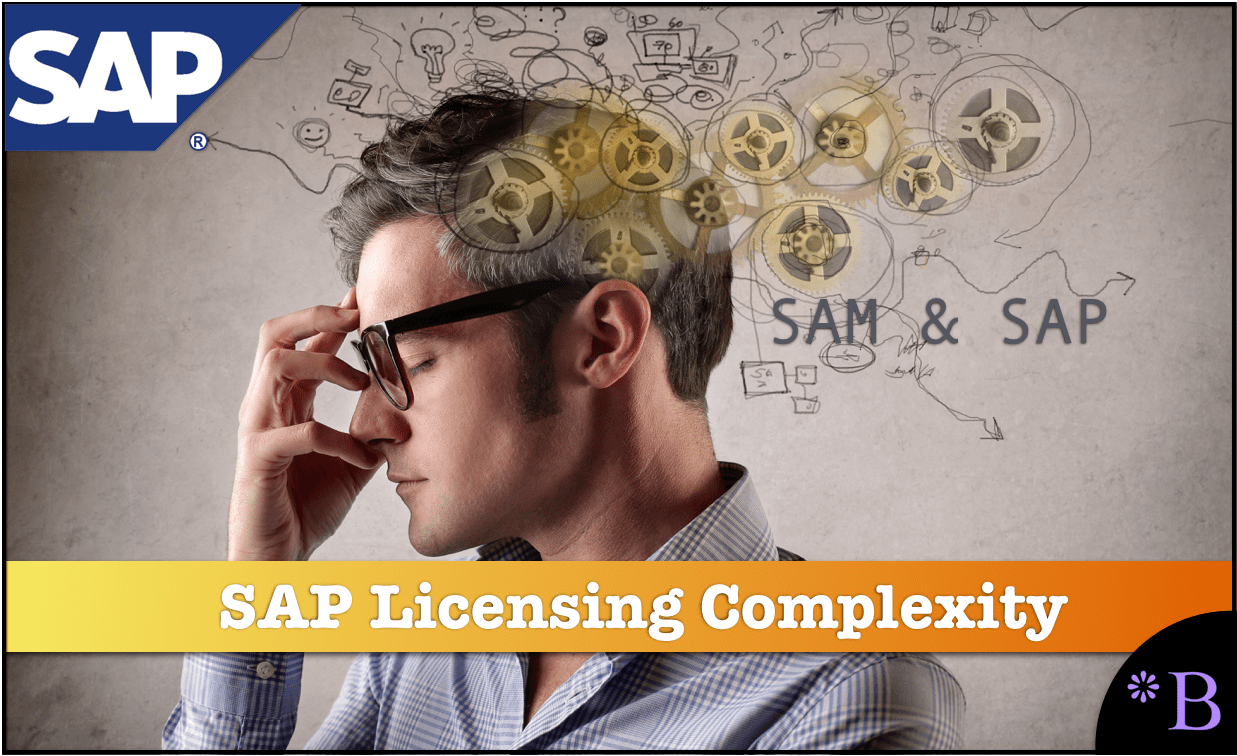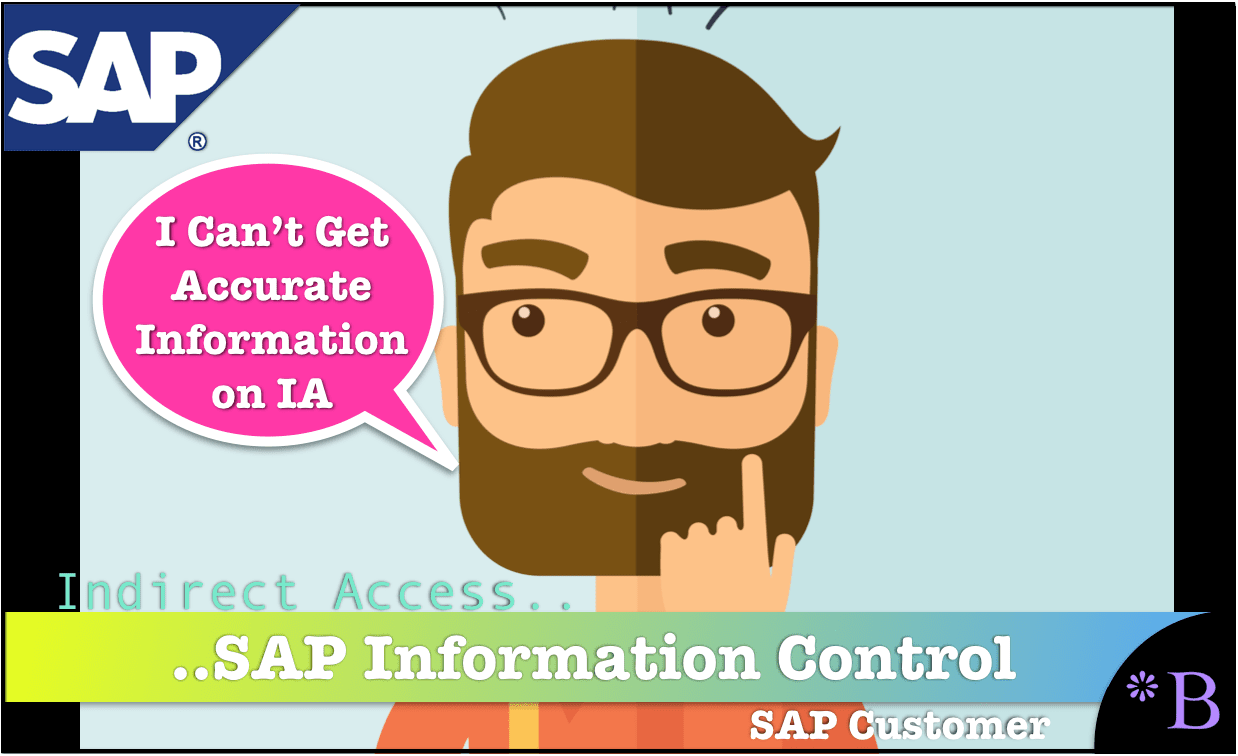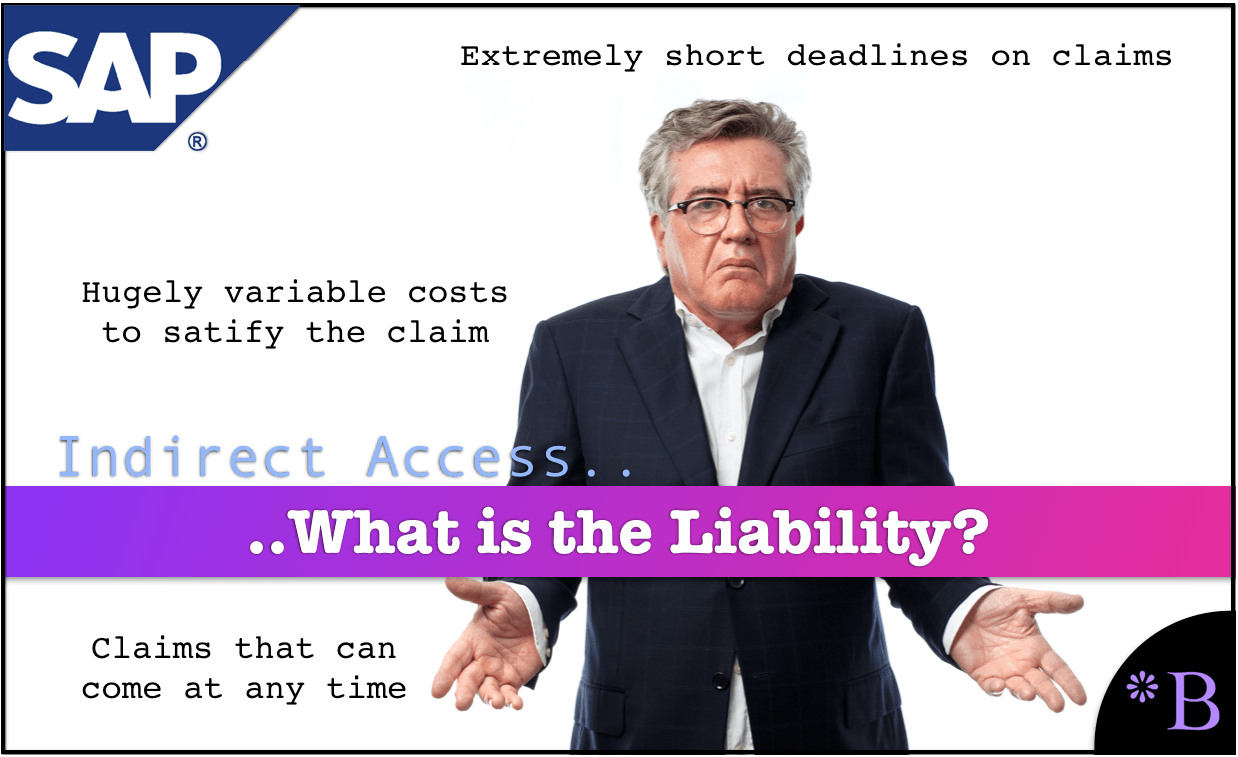Our Analysis of Snow Software on SAM + SAP Square Peg Article
Executive Summary
- Snow Software made observations regarding SAM software fitting SAP like a square peg in a round hole.
- Brightwork reviews this article for accuracy.

Introduction
In 2016 Snow Software published the white paper SAM + SAP How Does the Square Peg Fit in the Round Hole?
In this article, we will analyze Snow Software’s white paper.
Article Quotations
As SAP Landscapes and Licenses Have Become More Complex
All around the world, enterprises are realizing that SAP’s growing offering of application software is they must employ Software Asset Management consuming an ever larger share of the enterprise IT(SAM) to assure compliance, improve procurement budget.
But what about SAP? Enterprises running SAP are now looking to SAM to help them better manage their usage and costs. Starting with their dominant position in Enterprise Resource Planning (ERP), SAP’s growing offering of application software is consuming an ever larger share of the enterprise IT budget. In fact, in the last decade, SAP customers have experienced double-digit increases in their annual costs through increased maintenance and licensing charges. In addition, over the past 10 years with Sarbanes-Oxley (SOX) and ISO/IEC 19770-1, managing IT and software assets has become critically important. Since SAP’s deployments are complex, understanding and managing SAP contracts, deployments and license usage can be challenging. Now, it is absolutely essential.
SAP’s footprint has become increasingly complicated in companies. SAP has also grabbed more, and more of the IT spend. And SAP’s support fees are continually increasing. They have moved from 15% to a minimum of 22% of the license price. SAP is increasingly looking to harvest its current account base and is one of the most challenging vendors to negotiate with.
SAM software is significantly underutilized.
SAP Specific Issues for SAM
For those who want to integrate SAP licenses with their Software Asset Management (SAM) best practices, there are challenges that must be overcome. Some consider this analogous to putting a square peg into a round hole. While it may not be as impossible as that, integrating SAP licenses into a SAM program must combine processes with powerful software tools to assist in discovery, metering, compliance, optimization and retirement/recycling. Several key considerations regarding SAP licensing from a SAM perspective are:
No support for Software ID Tags: As a result, inventory control and management is more challenging. SWID Tags are part of the ISO 19770 standards (ISO 19770-2 and 19770-3) and supported by vendors such as Microsoft, Adobe and Symantec. With SAP, each license is associated with a named user which can be used to identify and manage that license throughout the life cycle. Conventions and standards for the allocation of users and their names must be standardized. Discovery software is necessary to develop a SAM baseline of licenses that have been issued and deployed.
Different License Types: License types such as Professional, Limited Professional, Developer and Employee Self-Service have no clear-cut delineation between them. As a result, assessing compliance is difficult and puts enterprises at the mercy of SAP’s annual audit process. Software for metering of user-activity is needed to assure compliance and “best-fit” the license types through actual usage patterns.
Indirect Usage Fees: An increasing concern for SAP deployments, indirect usage fees are challenging to identify, assess and control. When 3rd party applications provide access to SAP data through the SAP application programming interface (API), an annual charge is applied. It’s critical for enterprises to track the level of activity and the financial exposure of these indirect license costs, which can come from B2B or mobile applications that are connecting to the backend SAP ERP system.
Challenge of Recycling SAP User Licenses: When an employee leaves a firm, that person’s license remains in use even though it may be marked “inactive” to prevent access to the system. Identifying duplicate, erroneous and obsolete user licenses requires sophisticated software tools that automate what can be a complicated, six-step process to recycle the license for future use.
SAP follows an approach of making license management as difficult as possible to gain the upper hand. The case of indirect access is a perfect example of how SAP keeps things deliberately opaque….when it benefits SAP.
The Deploy Phase of SAM
- Proper License Type for Each SAP User: Make sure the license supports the capabilities of each user. Compliance must be balanced against over licensing monthly self-audits of SAP license activity, resulting in a 10X to 20X difference in price per carried out to best understand how the enterprise will license. Using powerful software, metering of the exact fare on an upcoming vendor audit. Usage optimization usage is the best way to “right-size” the license type. It should be carried out to assess potential over-licensing from redundant, obsolete, and erroneous users.
- Indirect Usage: It’s a potentially explosive expense that must be understood and managed in the SAM context. SAP generally has a very different provision in each of its contracts, which says, “if a third party application uses the SAP system to access data, then an indirect user license is required for each user.” This can apply to mobile, B2B, B2C e-commerce applications and internal portals, and even point-of-sale (POS) systems. The Manage phase of an SAP deployment under SAM should involve constant monitoring of both contractual activity and user activity to ensure the two balance. With automated software tools, monthly self-audits of SAP license activity should be carried out to understand best how the enterprise will fare on an upcoming vendor audit. Usage optimization should be carried out to assess potential over-licensing from redundant, obsolete, and erroneous users. Metering should occur to assure both license type/role compliance and the “right-sizing” of license types. Finally, the Retire/Recycle phase of the SAM process for SAP is critical from both a financial and compliance perspective. It is not unusual for up to 25% of all SAP licenses to be obsolete, duplicate, or erroneous. Following usage optimization, SAP administrators can use software tools to retire these licenses and recycle them for subsequent use. This will likely liberate some acquisition costs for new SAP licenses since the inventory on-hand should reflect the available retired and recycled licenses.
Also, SAP has every type of connection to SAP except for something called static read as being indirect access. SAP will apply for indirect access when the sales it is currently obtaining and plans to obtain from an account is less than its Expected Sales Target.
High Effort Required to Manage SAP Licenses
Understanding what SAP licenses have been contractually purchased across a global enterprise and over several decades can be challenging. The deployment of SAP systems across the enterprise can also be remarkably complex and difficult to understand. Powerful discovery tools such as the Snow SAP Optimizer can be configured to look across dozens or hundreds of SAP systems within the enterprise, and create a coherent, unified and comprehensive inventory of licenses authorized for use within the SAP system.
Yes…and deliberately so. The more complex and time-consuming SAP can make license management, the more they can take advantage of the situation.
A discovery tool should generate a comprehensive summary of what user licenses have been allocated across the inter-linked SAP servers in your system.
Using automated SAP discovery software can also be helpful in understanding the license allocation by both the SAP license types and the department or cost-code. This more detailed summary information is essential during the SAM procurement phase where the enterprise has full knowledge of (a) what it has already contractually purchased, (b) what licenses have been deployed and are active, and (c) what the real usage profit is for each license.
Right, this is what SAM software can provide.
Conclusion
This is a good quality article from Snow that brings up the knowledge level of the reader.

The Problem: Secrecy Around Indirect Access
Oracle, SAP, and their consulting partners, ASUG, and the IT media entities all have something in common. They don’t want indirect access understood. Media outlets like Diginomica are paid to distribute PR releases as articles, as we covered in the article SAP’s Recycled Indirect Access Damage Control for 2018. The intent is to lower SAP customers’ concern around indirect access so that indirect access is underestimated, as we covered in the article The Danger in Underestimating SAP Indirect Access.

The primary providers of information in the SAP space are all financially linked to SAP. SAP does not want indirect access understood, so these entities do as they are told by SAP.
References
Sikka, Brian. SAM + SAP How Does the Square Peg Fit in the Round Hole? Snow Software.